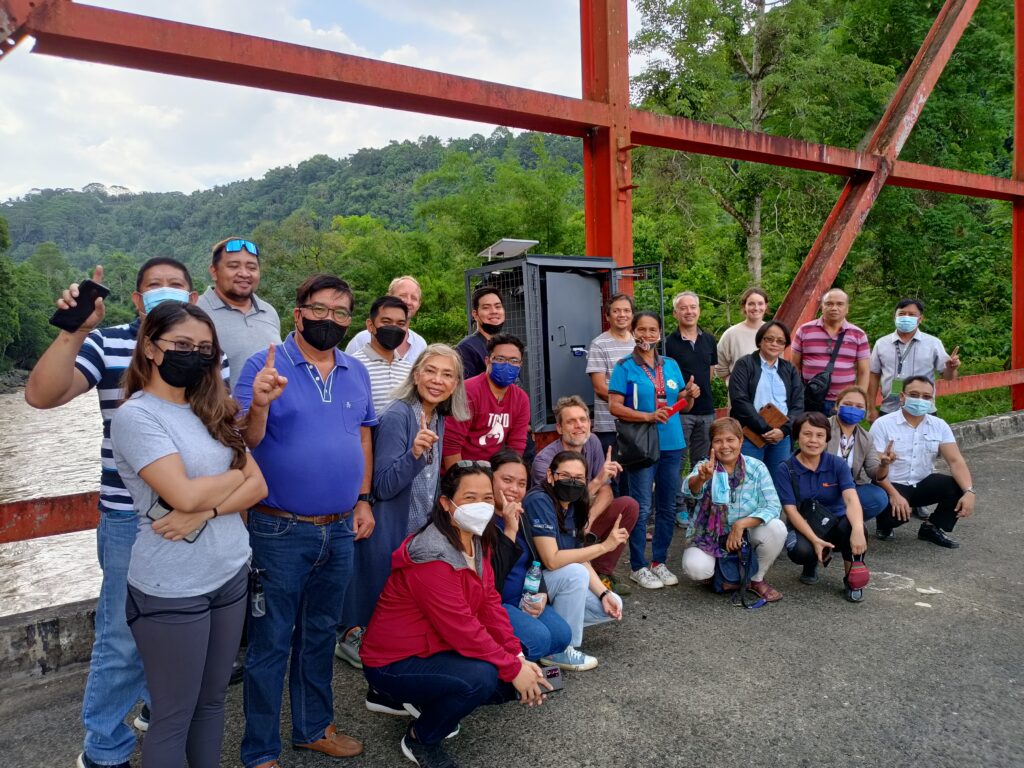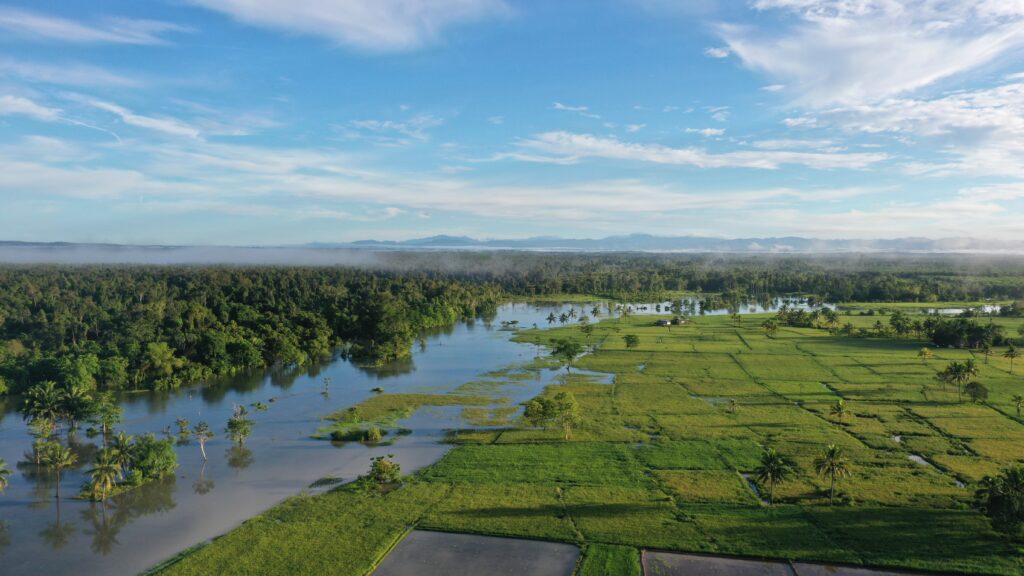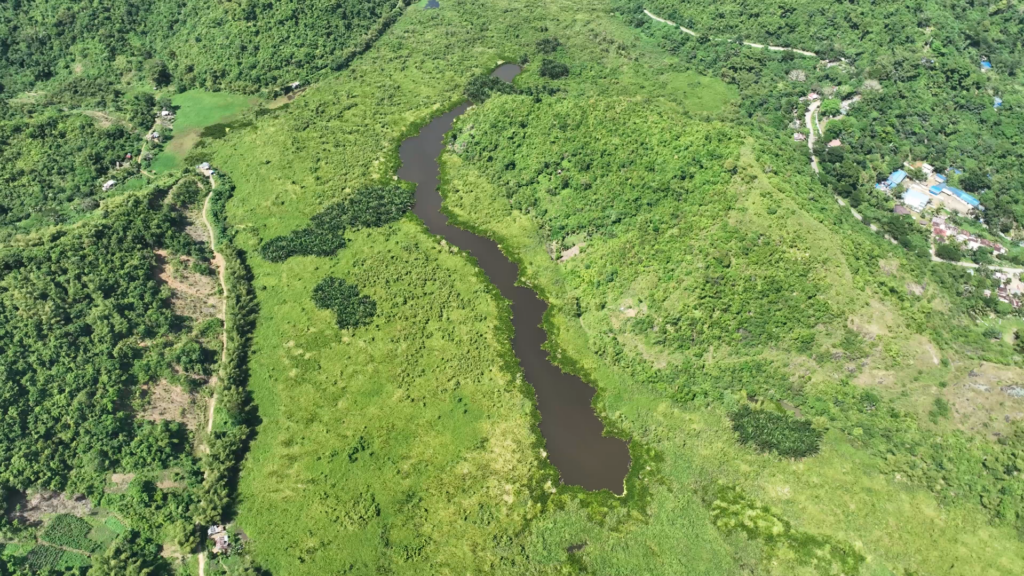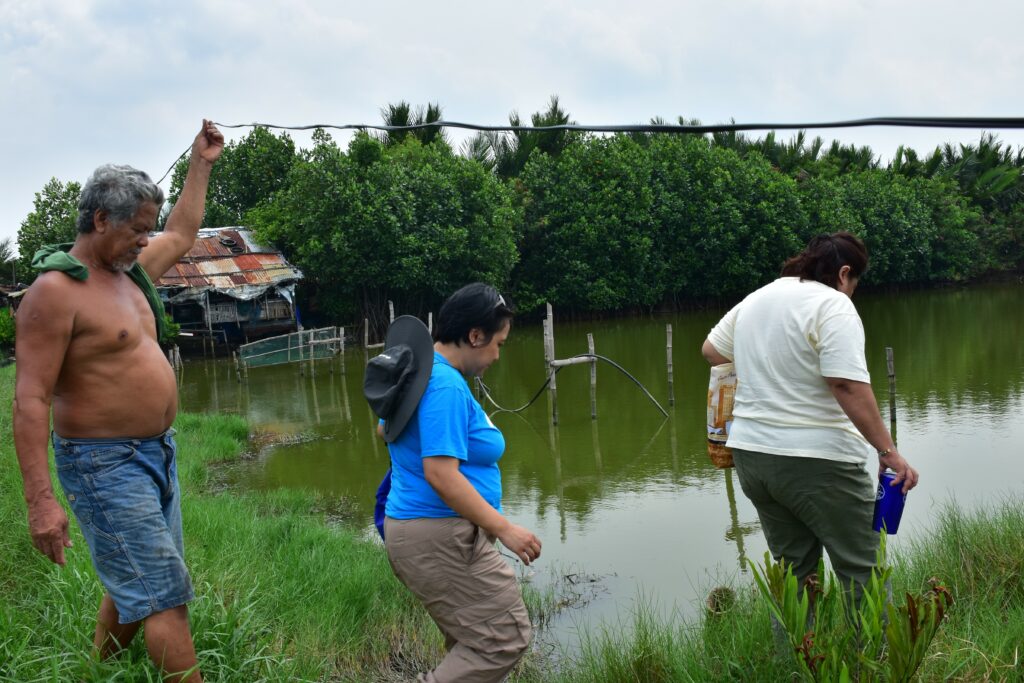
Our Projects
Ridge to Coast, Rain to Tap (R2C-R2T)
The Ridge to Coast, Rain to Tap Project: Sustainable Water Supply Project was developed in response to the impacts of Typhoon Sendong in 2011 in Cagayan de Oro City and its residents.
The project aims to repair and improve the facilities and delivery services of the water provider and to reduce the risk of flooding through the implementation of the integrated river basin management (IRBM) in the Cagayan de Oro River Basin. We are currently implementing the rainforestation approach, payment for ecosystem services model, and a decision support tool, based on hydrological modeling, to guide landscape-wide rehabilitation.
Wetlands International works with the Cagayan de Oro River Basin Management Council and Hineleban Foundation Inc. (of the fruit plantation company).

KAPeat: Kickstarting Community-based Actions for Conservation and Sustainable Use in Threatened Peatlands
KAPeat aims to develop a project in Caimpugan Peatland that considers biodiversity conservation, sustainable use, and socioeconomic development, informed by spatial analysis and community-based inputs across multi-stakeholder groups, and plans for sustainable financing.
To address the socioeconomic gaps that lead of the unsustainable use of Caimpugan Peatland, KAPeat aims to:
- Identify appropriate and acceptable sustainable use measures that consider both biodiversity conservation and local agricultural needs in Caimpugan Peatland through a participatory approach;
- Enhance existing local management with a specific, complementary management plan for Caimpugan Peatland; and
- Develop a project proposal on community-based interventions for biodiversity conservation and sustainable agriculture in Caimpugan Peatland.

Initiating Landscape Restoration in the Leyte Sab-a Basin Peatland
Leyte Sab-a Basin Peatland (LSBP) is a system of swamps in northeastern Leyte near Tacloban City and Palo Municipality. It is the largest catchment in Leyte, and is essential in regulating the local water cycle, reducing surface runoff, and controlling peak flows during heavy rainfall events. The most prevalent threat to the peatland is land use change such as widespread clearing of vegetation, physical damage from agricultural equipment, draining and subsequent peat oxidation, and pollution.
Successful restoration has been documented at the community level, and there is a wealth of project results and lessons to learn from. Wetlands International Philippines seeks to initiate the adoption of a landscape restoration approach in the LSBP, specifically by:
- Establishing partnerships with LSBP managers, starting with the Region 8 (Eastern Visayas) office of the Department of Environment and Natural Resources (DENR); and
- Identifying entry points in LSBP management to mainstream landscape restoration.
Expected outputs include:
- Updated stakeholder map;
- Partnership agreement with DENR Region 8 (Eastern Visayas);
- Secondary data review of LSBP management to identify opportunities and needs to formulate a landscape restoration plan; and
- Recommendations on how to mainstream landscape restoration in the LSBP governance context.

Past Projects
Building with Nature in Asia Initiative – Philippines
Building with Nature integrates ecosystems services into water infrastructure practice and has proven itself as a
successful participative approach for coastal, river, lake and delta management. It combines ecosystem restoration and
engineered solutions in an optimal mix.
Building with Nature solutions can accelerate adaptation, enhance water and food supply, livelihoods, carbon storage, biodiversity conservation and health. It represent a paradigm shift from minimizing negative impacts to maximizing positive benefits for society and nature. As a result, there is growing recognition for Building with Nature as a leading climate change adaptation strategy.
With the growing threat of climate change and other crises such as the COVID-19 pandemic and hazards from the loss of wetlands, it is vital we scale up these necessary adaptation measures as soon as possible. The Building with Nature Asia Initiative responds to this by building climate resilient landscapes to benefit millions of people in Asia and nature.
Building with Nature Asia is a regional initiative convened in Indonesia, Philippines, India, Malaysia and China, initiated by Wetlands International and the Indonesian Ministry of Marine Affairs and Fisheries
iin collaboration with EcoShape, One Architecture and the Global Center on Adaptation.

To Plant or Not To Plant (TPNTP)
Beginning in June 2021 and ending in September 2024, To Plant or Not to Plant (TPNTP) was a mangrove restoration project that advocates for the science-based Ecological Mangrove Restoration (EMR) and Associated Mangrove Aquaculture (AMA). Through the TPNTP, Wetlands International Philippines promotes good practices and advances national policies that support mangrove restoration in the country.
The implementation of the TPNTP is currently focused in Macajalar Bay, Mindanao and in the north coast of Manila Bay, Luzon.
The national policies and bills that we support are the national roadmap for mangrove restoration, integrated coastal zone management and greenbelt action planning, blue carbon, blue economy, and nature-based solutions.

